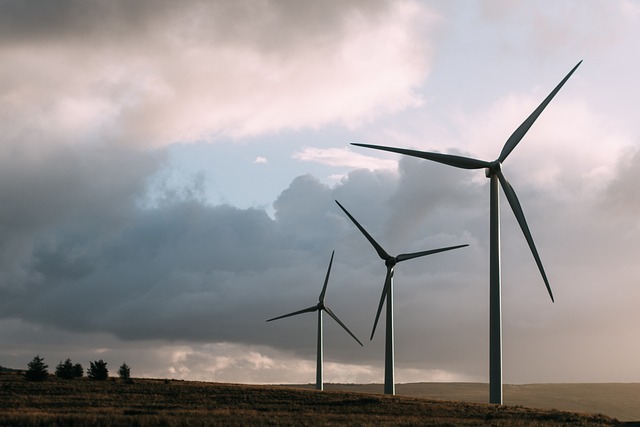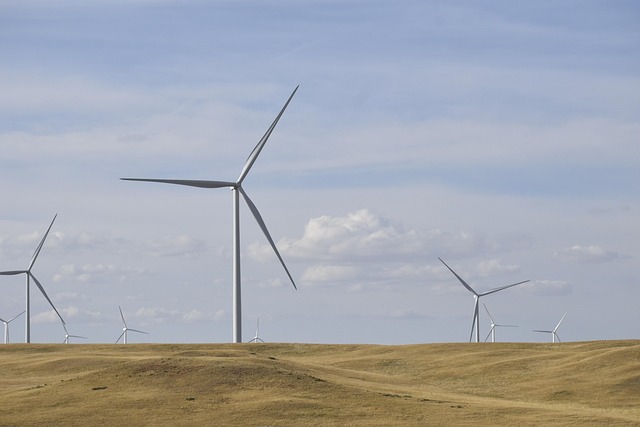In the ever-evolving world of architecture, the merging of functionality and aesthetics holds a pivotal role. Among the innovative designs taking center stage is the wind turbine, an emblem of sustainable energy that is reshaping our skylines and landscapes. These towering structures are no longer seen merely as industrial entities; instead, they are becoming integral components of architectural art, embodying both form and purpose.
The graceful curves and sweeping lines of modern wind turbines evoke a sense of movement and tranquility, akin to modern sculptures standing proudly against the backdrop of a blue sky. Architects and designers are increasingly recognizing the potential of wind turbines to elevate the visual appeal of a space while simultaneously contributing to ecological sustainability. This harmonious blend between art and design signals a brighter future where beauty meets function.
Through careful consideration of placement and integration, wind turbines can enhance the aesthetics of urban and rural environments alike. In many instances, they serve not only as power generators but also as focal points that draw attention and admiration. For architects, the challenge lies in designing structures that celebrate the turbine’s elegance while ensuring it fulfills its primary role as a renewable energy source. This duality encapsulates the essence of contemporary architecture—melding environmental consciousness with artistic expression.
Moreover, the design of wind turbines has evolved significantly over recent years. Developers and artists alike have experimented with materiality, colors, and shapes, aiming to create wind turbines that are as visually stunning as they are functional. Constructing a wind turbine is no longer a matter of simply erecting a tall pole with blades; it involves a thoughtful approach where aesthetics and utility coexist, reimagining their role within architectural projects.
Incorporating wind turbines into architectural designs is increasingly seen as a statement of responsibility and innovation. Buildings that feature these green giants often symbolize a commitment to environmental stewardship and community well-being. Developers and architects who lead this charge are not only designing structures but are also creating landmarks that inspire conversations about sustainability and modernity. As more people recognize the importance of renewable energy, the wind turbine will continue to emerge as a symbol of hope and progress, influencing not just architecture, but the very fabric of our society.
As we forge ahead into an era that prioritizes sustainability, the function of wind turbines in architecture will undeniably expand. These turbines are poised to shape not only the energy landscape but also our collective aesthetic experience. By embracing wind turbines, we allow ourselves to celebrate the intersection of art and design, where engineering meets beauty, and where the skyline is painted with the colors of progress.




